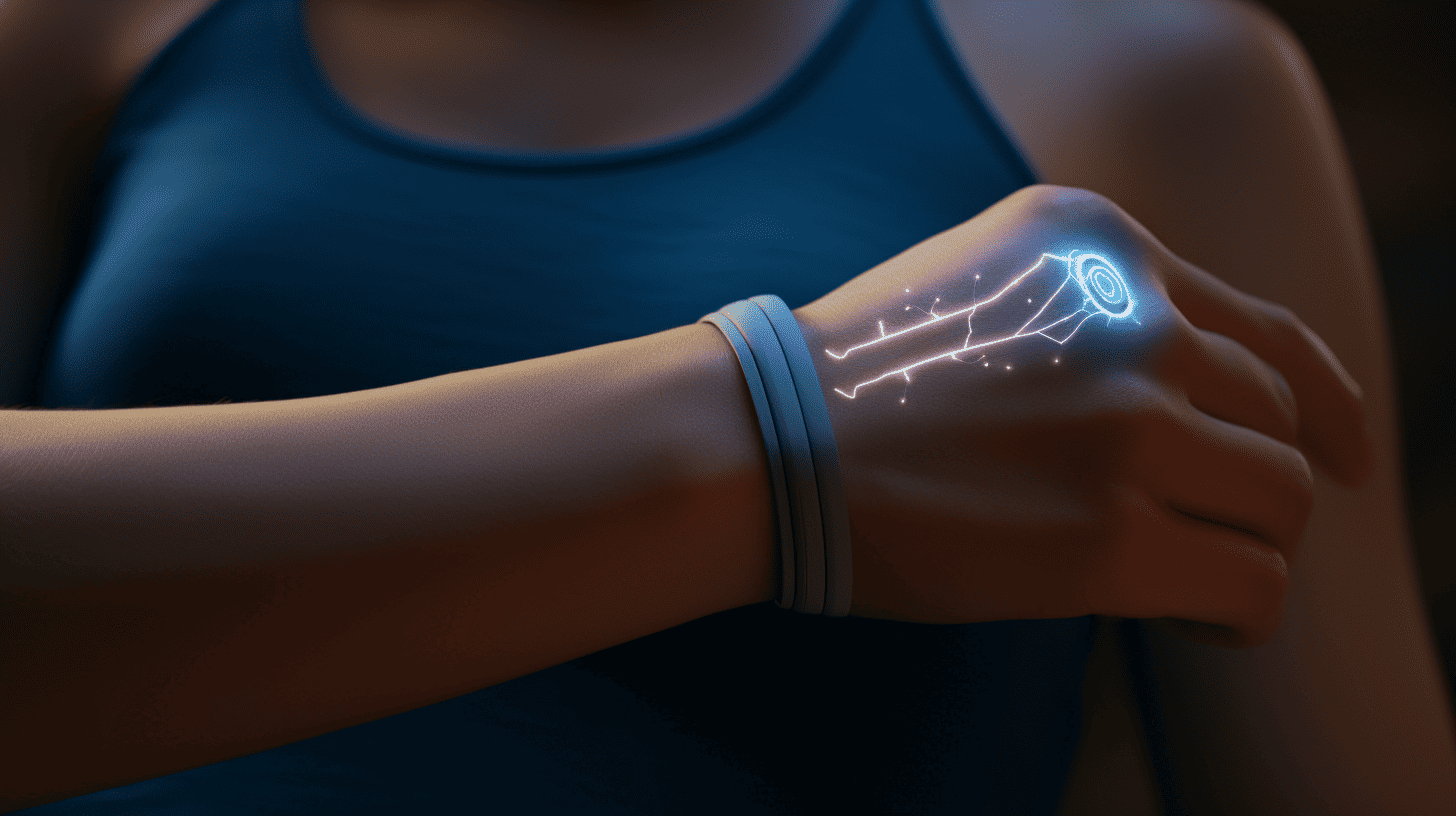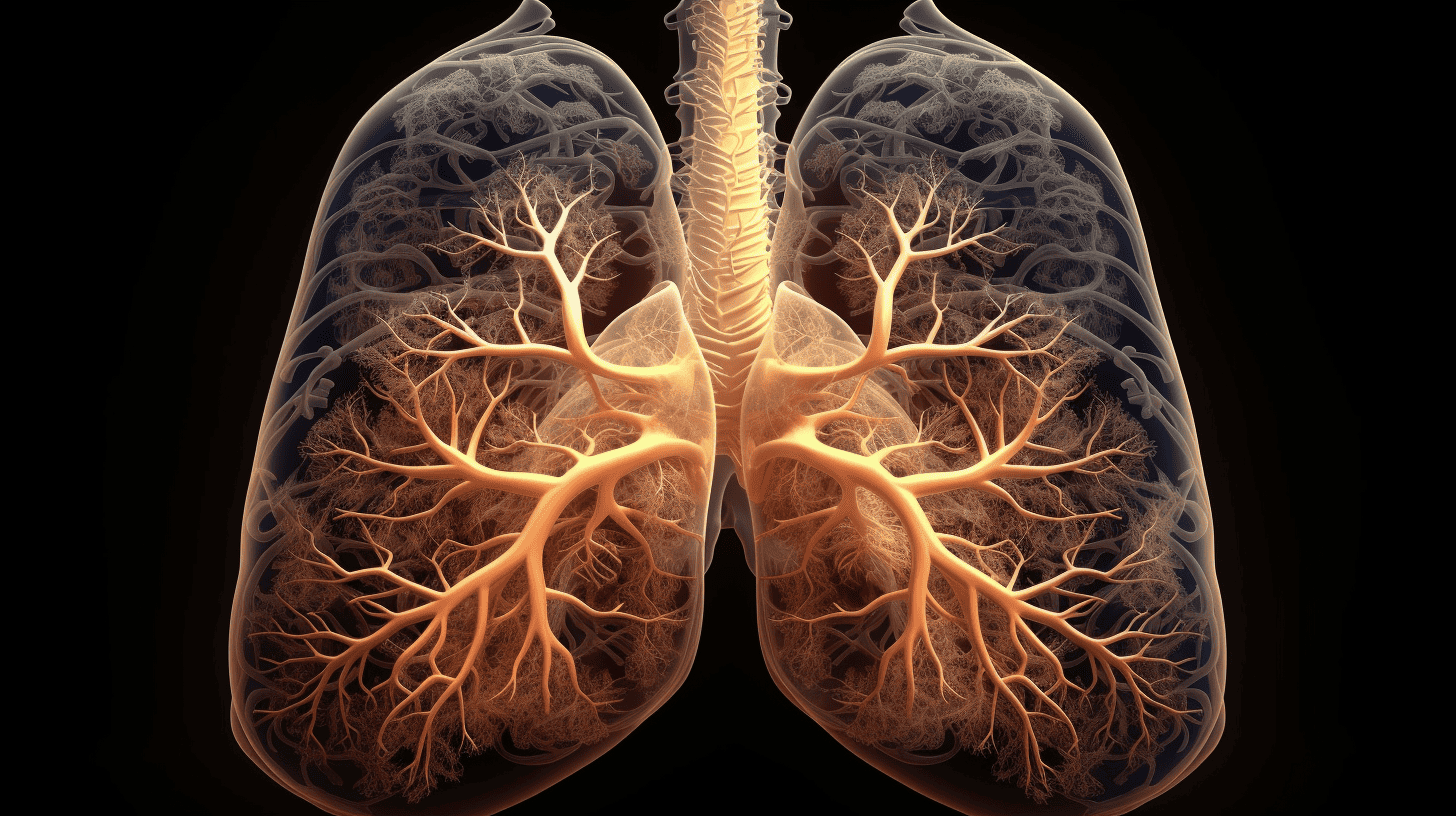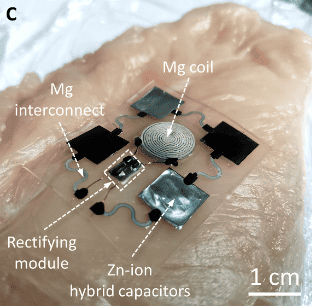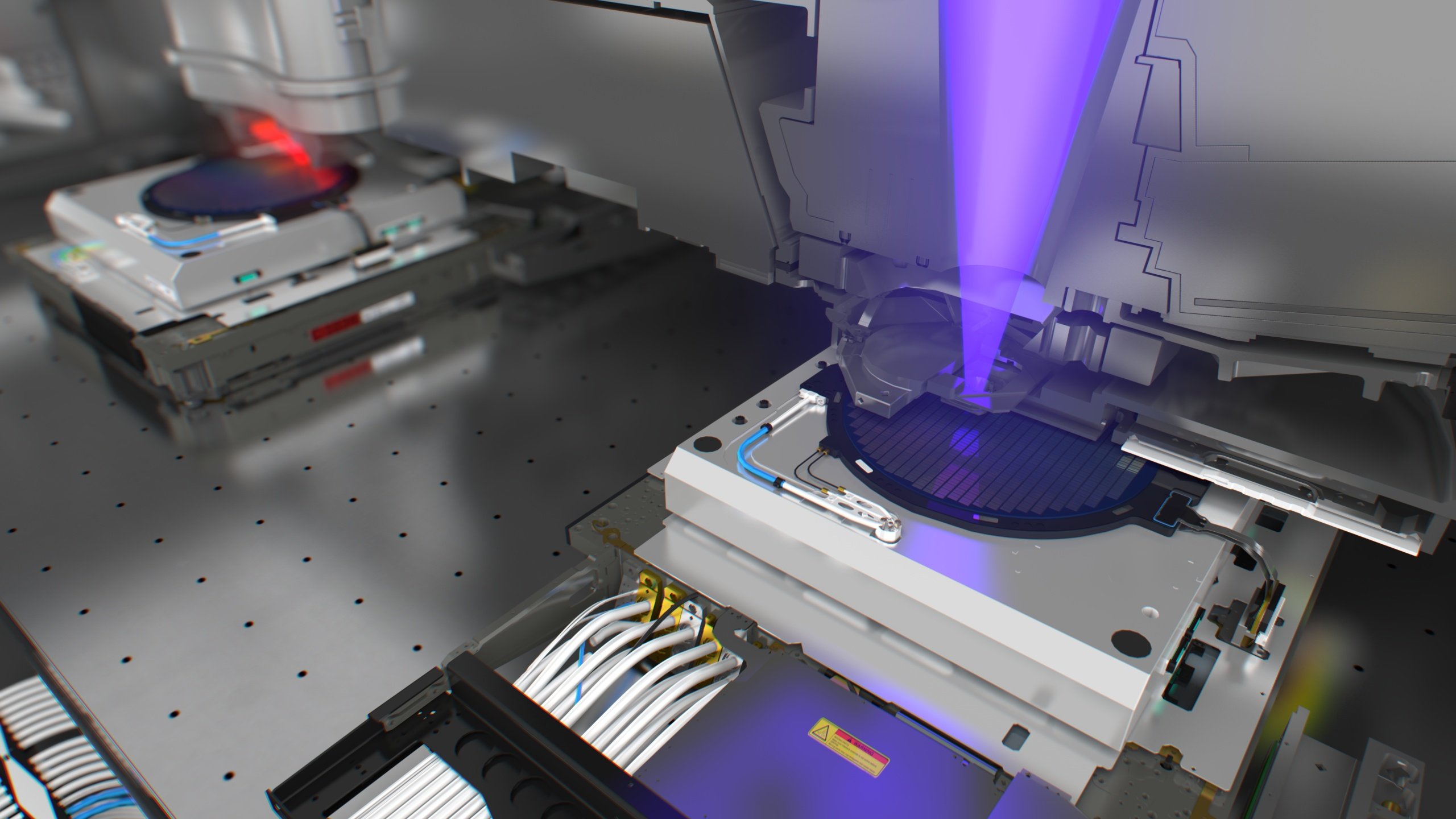
In a remarkable leap forward for medical technology, Chinese scientists at Lanzhou University have developed a wireless energy receiver and storage device that can be safely implanted in the human body. This biodegradable device, as described in Science Advances, marries energy harvesting and storage in a single unit, utilizing a magnesium coil for charging via an external transmitter. Designed to power bioelectronic implants such as drug delivery systems, the device remains functional for up to 10 days in rats and dissolves harmlessly within two months.
With levels of zinc and magnesium well below daily intake recommendations, this innovation promises a biocompatible solution for advanced, localized treatment options, potentially revolutionizing how clinicians administer medications and manage therapies.
- Scientists at Lanzhou University have developed a wireless energy receiver and storage device that can be safely implanted in the human body.
- The integration of biodegradable materials, wireless charging, and energy storage in a single, flexible implant could lead to a new generation of medical treatments.
- These treatments can become more effective, less invasive, and tailored to individual patient needs.
A new era of implantable medical devices
The medical field stands on the precipice of a revolutionary change with the advent of this device, which could see the end of external power sources and battery replacements for bioelectronic implants. The research team, led by Lanzhou University, has created a wireless charger that efficiently powers these devices and promises to be entirely safe for implantation.
The device has a magnesium coil that wirelessly charges when an external transmitting coil is placed against the skin. The power is then stored in zinc-ion hybrid supercapacitors within the device. This integration of energy harvesting and storage is a significant stride in bioelectronic technology, where previously, the development of power modules lagged.

Biocompatible and biodegradable: the future of implants
Biocompatibility is a crucial factor in the success of implantable medical devices. The materials used in this new technology – zinc and magnesium – are essential to the human body, and the device contains them in quantities below the recommended daily intake. This careful consideration ensures that the device is not only effective but also safe for long-term use within the human body.
Furthermore, the device’s biodegradability represents a significant leap forward. Implants that can dissolve within the body prevent the need for surgical removal, reducing the risk of infection and complications for patients. Researchers have demonstrated the device’s ability to dissolve fully within two months in rat models, and by altering the thickness and chemistry of the encapsulation layer, they can extend this period.

The promise of localized drug delivery
The prototype system, encapsulated within a flexible, chip-like implant, holds immense potential for drug delivery systems. It could be integrated into various tissues and organs for localized, on-demand drug delivery and therapy. This capability is particularly valuable in treating diseases where precise dosing and targeted delivery can significantly improve patient outcomes.
In their rat models, the researchers connected stacked supercapacitors with a receiving coil and a biodegradable drug delivery device. This setup not only demonstrated the functionality of the power supply but also showed a reduction in temperatures in implanted rats, indicating passive drug release from the implant. This feature could provide clinicians with a powerful tool for controlled therapy, particularly in managing chronic conditions.
Technical details of a groundbreaking invention
The device’s energy storage unit is a technical achievement in itself. It comprises biodegradable zinc-ion hybrid supercapacitors, utilizing molybdenum sulfide nanosheets as the cathode and zinc foil as the anode, achieving high capacitance and output voltage. This sophisticated design enables the device to wirelessly transmit energy to power applications or charge supercapacitors for a consistent, reliable power output.
The research advances the field significantly by addressing the pressing need for biocompatible, biodegradable power systems for implantable bioelectronic devices. The system’s capacity to sustainably supply power for extended periods is a game-changer, especially for controlled drug delivery applications.

Adapting to biological curves
The team’s ingenuity extends to the device’s flexibility and adaptability. The wireless energy-harvesting and storage device can conform to curved surfaces, such as biological tissue and human skin. This adaptability is critical for ensuring the device can be implanted in various locations within the body, providing flexibility in medical treatments and interventions.
Moreover, the device’s power system can wirelessly receive energy from outside the body and store it, powering implantable electronic devices. The magnesium receiving coil’s design can be tailored to specific requirements, including the number of turns and geometry, ensuring that the energy supply meets the exact needs of the implantable device it powers.







